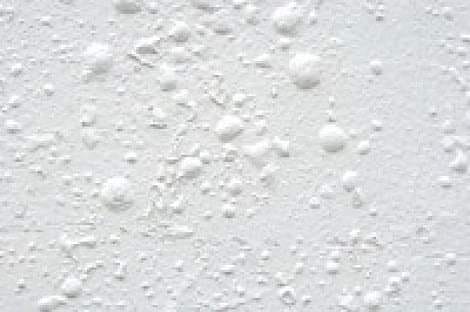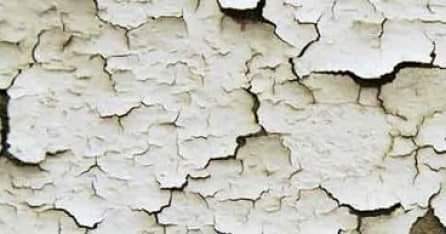Chemical reactions in paint like Chalking, when a paint starts chalking, it means that the resin in the paint has started breaking down. This is typically caused by weather conditions like UV light from the sun.
Please Contact us for more information
Essentially, the resin is the glue that holds all the other paint ingredients together. At Setpoint paint, Resin is one of the essential chemicals we take into consideration.
Once the resin breaks down, the powders and pigments are no longer being held together. So, they simply turn back to a fine powder.
Some paints are more resistant to UV breakdown than others but over time this will happen to all paints.
When a paint starts chalking then it is at the end of its life cycle and needs to be re-done in other to stop the chemical reactions in paint otherwise, the paint then starts to come off and leaves the surface underneath exposed.
It is common to see this sort of thing on garage doors that have been neglected. As well as masonry surfaces.

Chalking of paint
Blistering / bubbling
If the paint on the exterior of your home is starting to blister and bubble like this, then it means moisture is getting behind the paint and pushing it off causing a chemical reaction in the paint.
There are several causes for the moisture getting behind the paint. It could be moisture coming from within the property, it could be coming in via cracks in the masonry, rising damp due to an ineffective damp proof course or even rainwater penetrating through the aging paint.
A professional decorator will be able to assist in identifying the cause of the issue.
This would need to be dealt with sooner rather than later as once these blisters / bubbles begin to burst and peel off, it will leave the surface exposed and will exacerbate the problem.

Blistering / bubbling
Cracks or blown render
Cracks and blown render are typically caused by rainwater penetrating a wall, then expanding through freezing/thawing.
Running a ring spanner across your masonry is a quick and easy way to identify blown render. Any areas that sound hollow have ‘blown’. Which essentially means the render has come away from the surface underneath.
Repairing cracks and blown render is essential to maintaining your property and should be done before any painting takes place. Otherwise, water will still be able to get in behind the paint and cause issues.

Cracks or blown render
Peeling / flaking
If your paint starts looking like this then there is a chemical reactions in the paint, it means there is an issue with the adhesion. (The paint has not stuck to the surface properly).
This can be caused by several things. Including, incorrect products being used or the surface being dirty or dusty before the paint was applied.
Dealing with this promptly will ensure your property does not remain exposed to further weather damage

Peeling / flaking
Mould / Dirt pick up
If you notice mould or high dirt pick up on a painted surface then you need to rectify the situation.
Organic growth, such as mould, algae and lichen need moisture to survive and grow. So, if you have this on your walls then it means the surface has become porous and is holding moisture.
This is a good sign that the paint is coming towards the end of it’s life and needs to be re-done.
